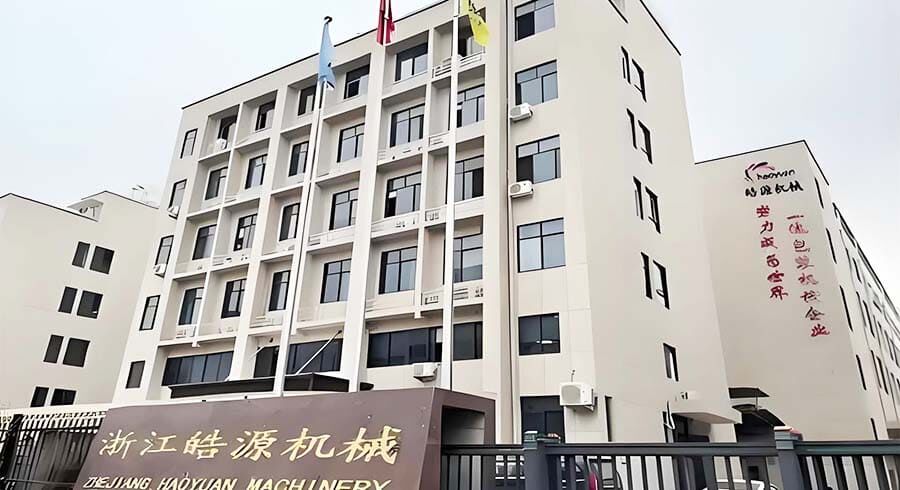
Booming Applications: Why Carton Box Wrapping Machine are the Key to the Future of Packaging
Carton wrapping machines are rapidly moving from being an optional piece of equipment to being an integral part of modern, efficient packaging operations. The future is bright and dynamic, driven by several irreversible industry trends:
First, the explosive growth of e-commerce and omni-channel fulfillment constitutes the core driving force. With global e-commerce expected to reach a staggering $6.9 trillion in 2024 (Statista data), as well as dramatic fluctuations in the volume of orders during shopping festivals, traditional manual wrapping methods are no longer able to cope. With its ability to handle hundreds of different carton sizes per hour and near-zero changeover time, the cardboard box wrapping machine has become a key player in realizing same-day and next-day delivery service promises and support the cornerstone of business scale. Facilities lacking such automation will face serious operational bottlenecks during peak periods.
Second, increasingly stringent sustainable and environmentally friendly packaging regulations have created a huge demand for wrapping machines.76% of logistics companies rank sustainability as a top three priority, according to the DHL 2024 report, and the quantifiable waste reduction provided by the wrap-around machine is a key tool in this regard.
Thirdly, in highly regulated industries such as pharmaceuticals and food, product safety and compliance are critical. Contamination risks and sealing inconsistencies associated with manual operations can lead to costly audit failures (e.g. FDA, HACCP, ISO 22000 standards). Wrapping machines provide seals that require no human contact, are consistent and reliable, and are tamper-evident. Combined with IoT technology, it can also generate traceable audit records. With demand for cold chain pharmaceutical logistics expected to continue to grow at a compound annual growth rate of 20% until 2027 (McKinsey data), the role of the wrapping machine in safeguarding the integrity of the product being shipped will become increasingly critical.
Fourth, the global crisis of soaring labor costs and shortages is another powerful factor driving automation. 73% of warehouses report understaffing (MHI 2024), and the cost of hourly labor continues to climb. A single wrapping machine can replace 3-5 workers, typically realizing a return on investment within 14 months and at the same time completely solves the problem of difficult hiring and high employee turnover.
